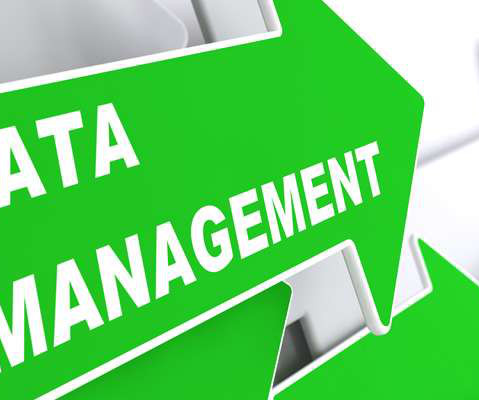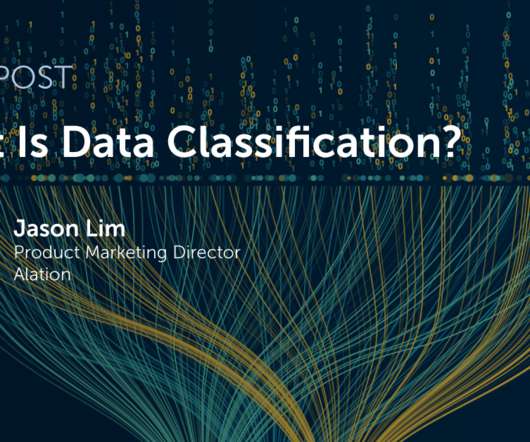Prioritizing Data: Why a Solid Data Management Strategy Will Be Critical in 2024
Ontotext
JANUARY 29, 2024
As companies in almost every market segment attempt to continuously enhance and modernize data management practices to drive greater business outcomes, organizations will be watching numerous trends emerge this year. This is because although generative AI can replace people in some cases, there is no professional liability insurance for LLMs.














Let's personalize your content